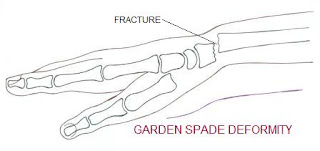AVASCULAR NECROSIS(AVN) OF THE HIP

AVASCULAR NECROSIS (AVN) OF THE HIP INTRODUCTION: Avascular Necrosis is otherwise called as Osteonecrosis or Aseptic Necrosis of the hip. AVN of the hip is a painful condition that occurs when the blood supply to the bone is disrupted. Because bone cells die without a blood supply, AVN can ultimately lead to destruction of the hip joint and arthritis. Although it can occur in any bone AVN most often affects the hip. Many people each year enter hospitals for the treatment of AVN of the hip. In many cases, both the hips are affected by the disease. ANATOMY: The hip is a ball-and-socket joint. The socket is formed by the acetabulum, which is part of the large pelvis bone. The ball is the femoral head, which is the upper end of the femur (thighbone). A slippery tissue called articular cartilage covers the surface of the ball...


